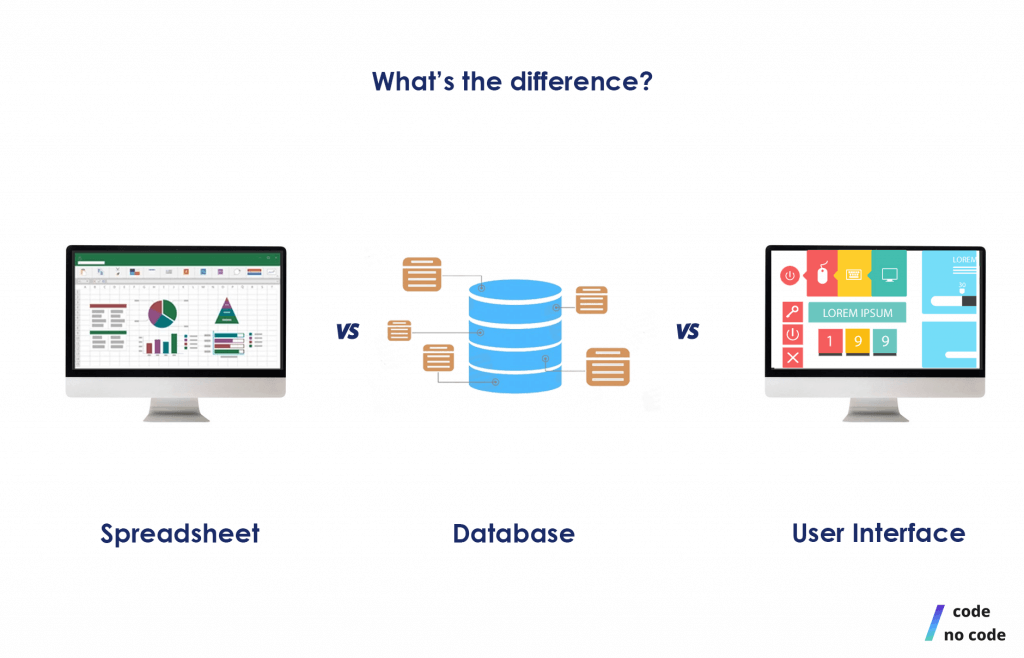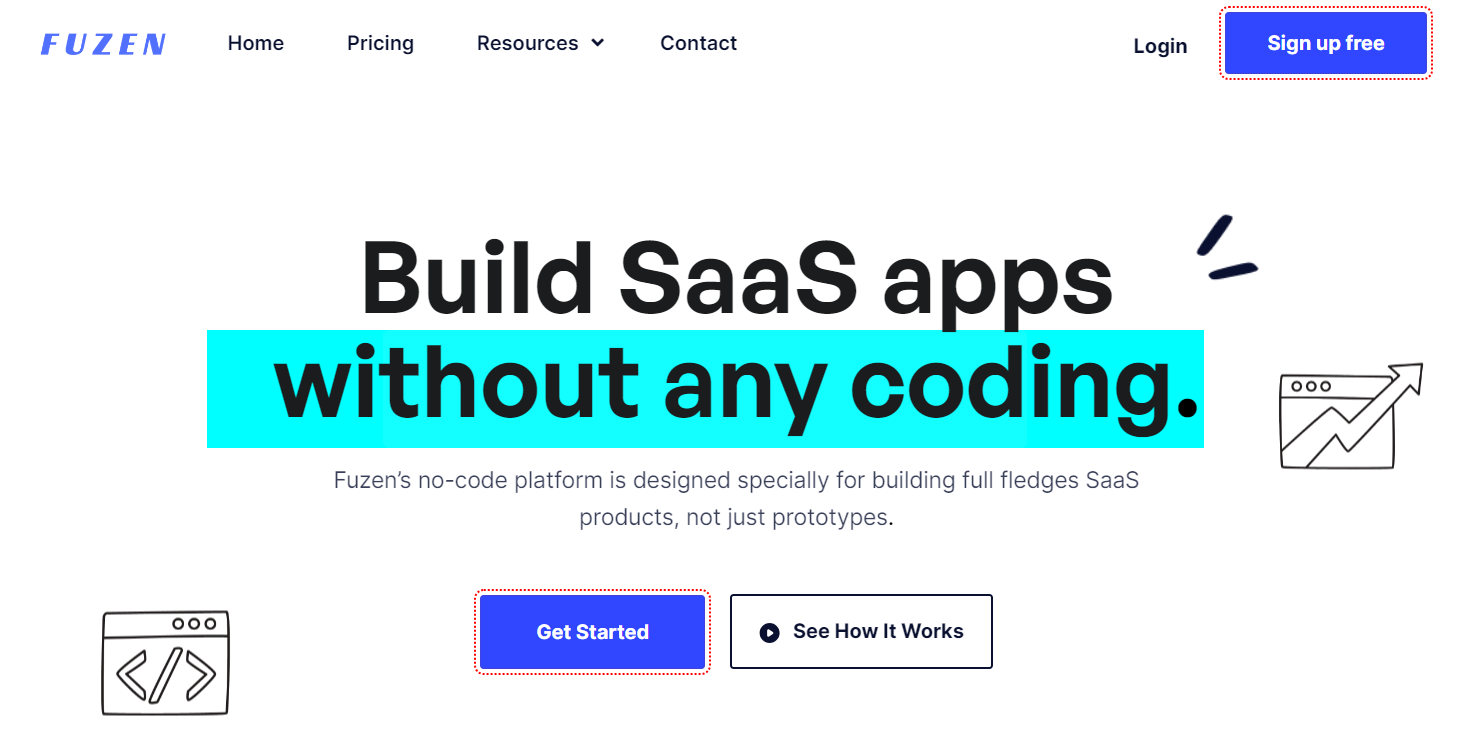Why No-Code is the Future of Open Platform Data Source Production for Organizations
Why No-Code is the Future of Open Platform Data Source Production for Organizations
Blog Article
A Comprehensive Guide to Implementing Scalable Databases Without the Requirement for Coding Knowledge
In the contemporary landscape of information administration, the capability to implement scalable databases without coding expertise is becoming significantly necessary for companies of all sizes. This overview aims to brighten the procedure, concentrating on user-friendly devices and user-friendly user interfaces that demystify database configuration. By examining crucial features, reliable strategies for application, and ideal methods for recurring administration, we will resolve exactly how even non-technical users can with confidence navigate this complex terrain. What are the crucial components that can absolutely empower these individuals to take advantage of scalable databases efficiently? The solutions might redefine your technique to data monitoring.
Comprehending Scalable Data Sources
In the world of modern information management, scalable data sources have become an essential remedy for companies seeking to take care of boosting quantities of info successfully. These databases are made to accommodate development by allowing for the smooth addition of resources, whether via straight scaling (including much more machines) or upright scaling (upgrading existing machines) This adaptability is crucial in today's fast-paced digital landscape, where information is created at an unprecedented rate.
Scalable data sources normally make use of distributed architectures, which make it possible for information to be spread out across numerous nodes. This circulation not just boosts efficiency yet additionally supplies redundancy, making sure information availability even in case of equipment failings. Scalability can be an essential element for various applications, including ecommerce systems, social media networks, and huge information analytics, where customer need can rise and fall substantially.
In addition, scalable data sources typically include robust information consistency models that stabilize efficiency and integrity. Organizations must consider their specific requirements, such as read and write rates, data honesty, and mistake tolerance when selecting a scalable data source solution. Ultimately, understanding the underlying principles of scalable databases is important for businesses aiming to thrive in an increasingly data-driven world.
Trick Attributes to Seek
When evaluating scalable data sources, numerous crucial functions are critical to guaranteeing optimal efficiency and integrity. Firstly, consider the architecture of the database. A distributed style can boost scalability by permitting data to be saved across multiple nodes, facilitating smooth data access and handling as need boosts.
Another crucial feature is information dividing, which allows efficient monitoring of big datasets by separating them right into smaller, more manageable pieces (no-code). This technique not just enhances efficiency yet likewise simplifies source allowance
In addition, seek durable replication capacities. This attribute guarantees information redundancy and high availability, reducing downtime during maintenance or unanticipated failures.
Efficiency monitoring devices are also necessary, as they supply real-time insights into system health and wellness and operational performance, enabling prompt modifications to maintain ideal performance.

User-Friendly Database Devices
Simpleness is a crucial component in the design of user-friendly data source tools, as it boosts availability for customers with differing levels of technological experience. no-code. These tools prioritize instinctive interfaces, enabling customers to produce, manage, and inquiry databases without needing comprehensive shows understanding
Trick functions typically consist of drag-and-drop performance, visual information modeling, and pre-built design templates that simplify the setup procedure. Such tools commonly offer assisted tutorials or onboarding processes that help with user involvement and reduce the discovering contour. Additionally, smooth integration with prominent information sources and services makes certain that users can quickly import and export information, even more streamlining operations.

In addition, robust support and community resources, such as discussion forums and paperwork, improve the customer experience by providing assistance when required. In general, easy to use data source devices encourage organizations to harness the power my link of scalable databases, making data monitoring find more information accessible to everybody entailed.
Step-by-Step Execution Guide
Exactly how can organizations efficiently implement scalable databases to meet their growing data requirements? The procedure begins with determining specific information requirements, consisting of the quantity, range, and rate of information that will certainly be refined. Next off, organizations need to review straightforward database tools that provide scalability features, such as cloud-based options or took care of data source solutions.
When the best device is selected, the following step entails setting up the data source setting. This consists of establishing circumstances, specifying user authorizations, and developing data structures that line up with organization objectives. Organizations ought to after that move existing information right into the brand-new system, making sure information honesty and minimal disruption to operations.
Post-migration, carrying out extensive screening is crucial; this includes efficiency screening under different lots problems to make certain the system can handle future growth - no-code. Furthermore, it is necessary to educate team on the data source monitoring user interface to facilitate seamless usage
Best Practices for Management
Efficient administration of scalable databases needs a calculated strategy that focuses on recurring surveillance and optimization. To achieve this, organizations ought to carry out durable surveillance devices that give real-time understandings right into data source performance metrics, such as inquiry reaction times, source application, and purchase throughput. Frequently assessing these metrics can help determine traffic jams and areas for enhancement.

Routine backups and calamity healing strategies are essential to guard data integrity and accessibility. Developing a routine for examining these backups will guarantee a dependable recuperation process in instance of an unforeseen failing.
In addition, efficiency adjusting must be a constant process. Changing indexing methods, maximizing queries, and scaling resourcesâEUR" visit their website whether up and down or horizontallyâEUR" will certainly aid keep optimum efficiency as use demands develop.
Finally, cultivating a society of expertise sharing amongst group members will enable continual discovering and adjustment, making sure that the administration of scalable databases remains efficient and efficient over time.
Conclusion
Finally, the execution of scalable data sources can be efficiently attained without coding experience through the use of user-friendly user interfaces and user-friendly tools. By adhering to the detailed approaches for configuration, data migration, and efficiency screening, individuals can browse the complexities of database management easily. Emphasizing best methods for continuous upkeep and collaboration more enhances the capacity to manage scalable databases effectively in a quickly advancing data-driven environment.
In the contemporary landscape of data administration, the capacity to apply scalable data sources without coding know-how is becoming progressively crucial for organizations of all dimensions.In the world of modern-day information management, scalable databases have emerged as a critical remedy for organizations seeking to manage raising quantities of info effectively.Furthermore, scalable databases commonly include durable data consistency versions that stabilize performance and integrity.Exactly how can companies efficiently execute scalable data sources to fulfill their expanding information requirements? Next off, organizations should assess straightforward data source devices that use scalability features, such as cloud-based solutions or handled database solutions.
Report this page